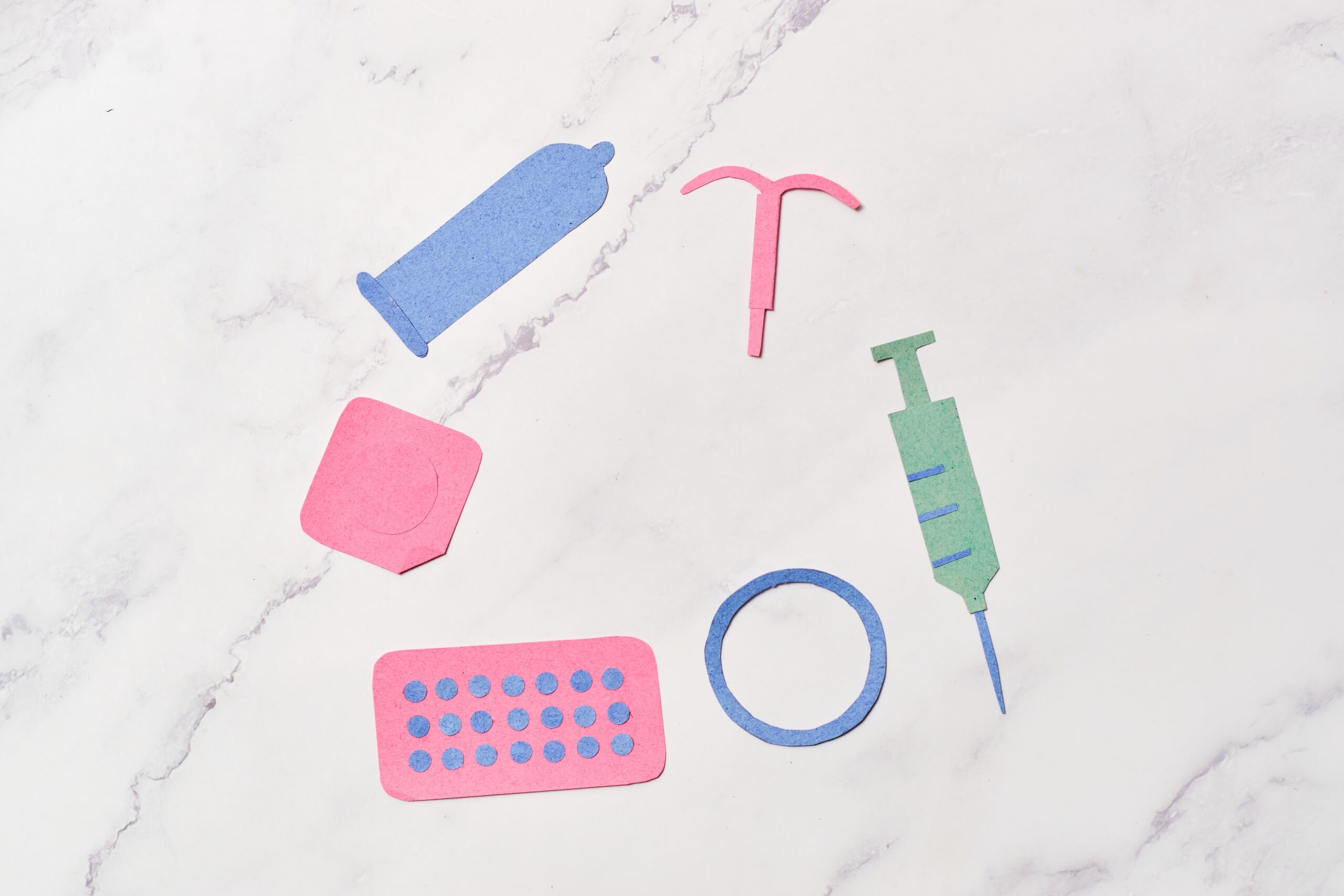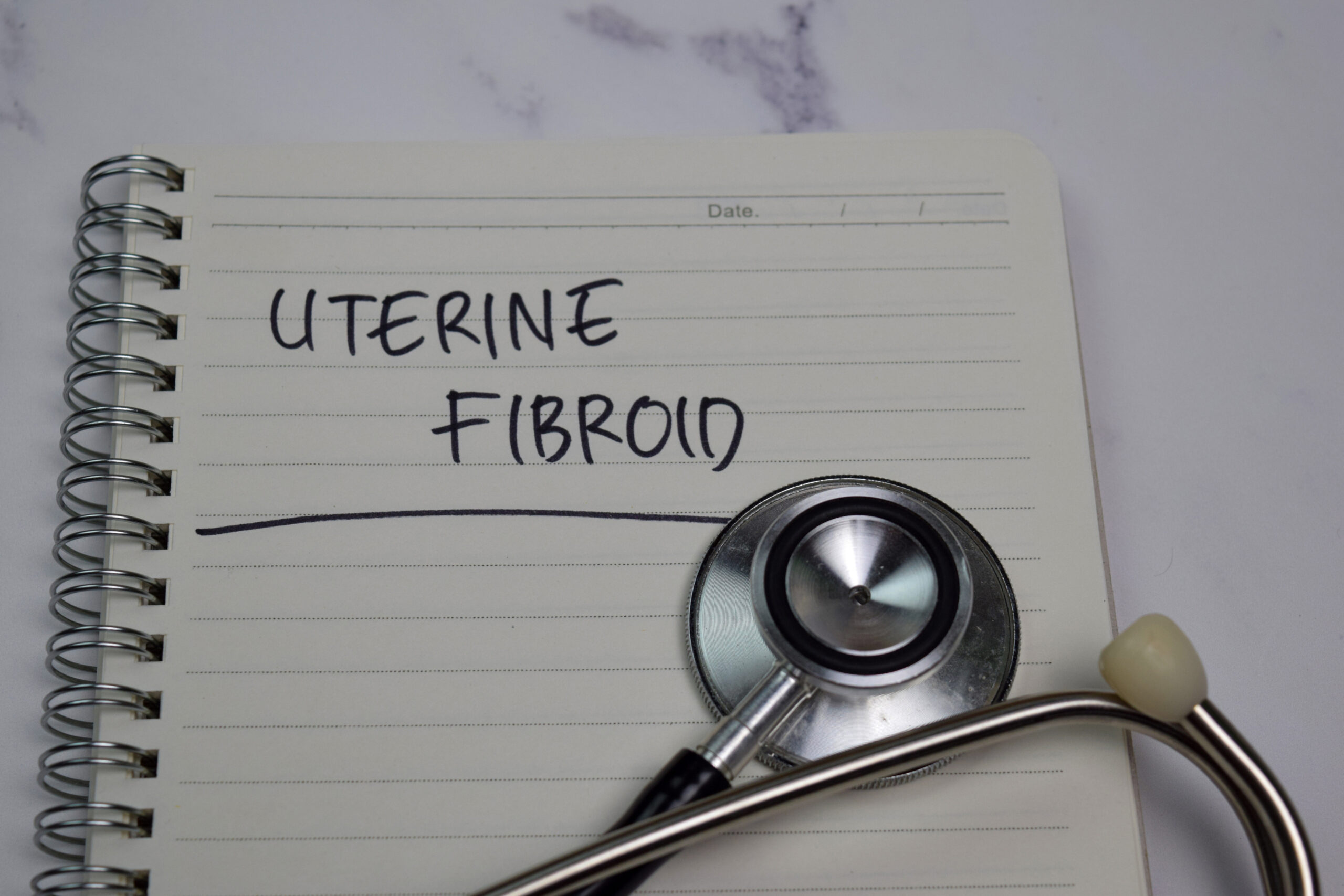When it comes to choosing a birth control method, there are many options available, each with its own benefits and considerations. Whether you are looking for convenience, long-term protection, or minimal side effects, it’s important to understand your choices so you can make the best decision for your body and lifestyle. Below, we’ll break down some of the most common birth control options to help you find the one that’s right for you.
- Birth Control Pills
One of the most widely used forms of contraception is the birth control pill. Pills contain hormones that prevent ovulation, ensuring that no egg is released to be fertilized. They can also regulate your menstrual cycle and reduce menstrual cramps. However, consistency is key—pills need to be taken at the same time every day to be effective. There are several types of pills, including combination pills (which contain both estrogen and progestin) and progestin-only pills, which may be preferred by those who can’t tolerate estrogen. - Intrauterine Device (IUD)
An IUD is a small, T-shaped device that a healthcare provider places in the uterus to prevent pregnancy. There are two types of IUDs: hormonal and non-hormonal (copper). Hormonal IUDs release a small amount of progestin, while copper IUDs use copper to prevent sperm from fertilizing an egg. IUDs are highly effective, long-lasting (typically 3 to 10 years), and require little maintenance once in place. They can also be easily removed by a healthcare professional if you decide to get pregnant or switch to another method. - Contraceptive Implant
The contraceptive implant is a small, flexible rod placed under the skin of your upper arm by a healthcare provider. It releases progestin, which prevents ovulation and thickens cervical mucus to block sperm. The implant is one of the most effective birth control methods, lasting up to 3 years. Once in place, it requires no daily attention and is easily reversible when you decide you want to conceive. - Condoms
Condoms are one of the most accessible and well-known forms of contraception. They come in both male and female versions and work by creating a barrier that prevents sperm from entering the uterus. Condoms are not only effective in preventing pregnancy but also provide protection against sexually transmitted infections (STIs). While they don’t require a prescription and can be used on demand, they do have a higher failure rate compared to other methods if not used correctly. - Birth Control Patch
The birth control patch is a small, adhesive patch that you place on your skin (usually on the arm, back, or buttocks). It releases estrogen and progestin to prevent ovulation. The patch is worn for a week at a time, and you’ll need to replace it weekly for three weeks, with a break in the fourth week to allow for menstruation. It’s convenient for those who prefer not to take a daily pill, but it may not be ideal for individuals who have trouble with skin irritation or who are sensitive to hormones. - Birth Control Shot
The birth control shot is an injection of progestin that is given every three months by a healthcare provider. It’s a highly effective option that eliminates the need to remember to take a daily pill or use a device. However, it may take some time for fertility to return to normal after you stop getting the shots. Some people experience side effects such as weight gain or changes in their menstrual cycle, but for many, it’s a reliable and low-maintenance choice. - Emergency Contraception
Emergency contraception, or the “morning-after pill,” is a type of birth control used after unprotected sex or contraceptive failure (such as a condom breaking). It works by preventing or delaying ovulation, and it’s most effective when taken as soon as possible after the event. It’s important to note that emergency contraception is not intended as a regular form of birth control but can be a backup option when needed. - Permanent Birth Control (Sterilization)
For individuals who are certain they do not want children in the future, sterilization is a permanent birth control option. For women, this procedure (known as tubal ligation) involves blocking or cutting the fallopian tubes to prevent eggs from reaching the uterus. For men, a vasectomy is the equivalent, which involves cutting or sealing the vas deferens to prevent sperm from entering the semen. Sterilization is a highly effective method, but it is irreversible, so it’s important to be absolutely certain before choosing this route. - Natural Family Planning (Fertility Awareness)
Natural family planning, or fertility awareness, involves tracking your menstrual cycle to determine when you are most fertile. During these times, you would either avoid sex or use barrier methods to prevent pregnancy. This method requires careful tracking of your cycle, including temperature, cervical mucus, and other indicators, but it doesn’t involve hormones or devices. While it’s a natural and non-invasive method, it requires a high level of commitment and may be less reliable than other forms of contraception.
Choosing the right birth control method can be overwhelming, but it’s essential to find a method that fits your health, lifestyle, and personal preferences. It’s always a good idea to discuss your options with a provider, give us a call today at 571-707-8522 to make an appointment. Whatever method you choose, you can feel confident knowing that there is a solution that works for your body and your future plans.





